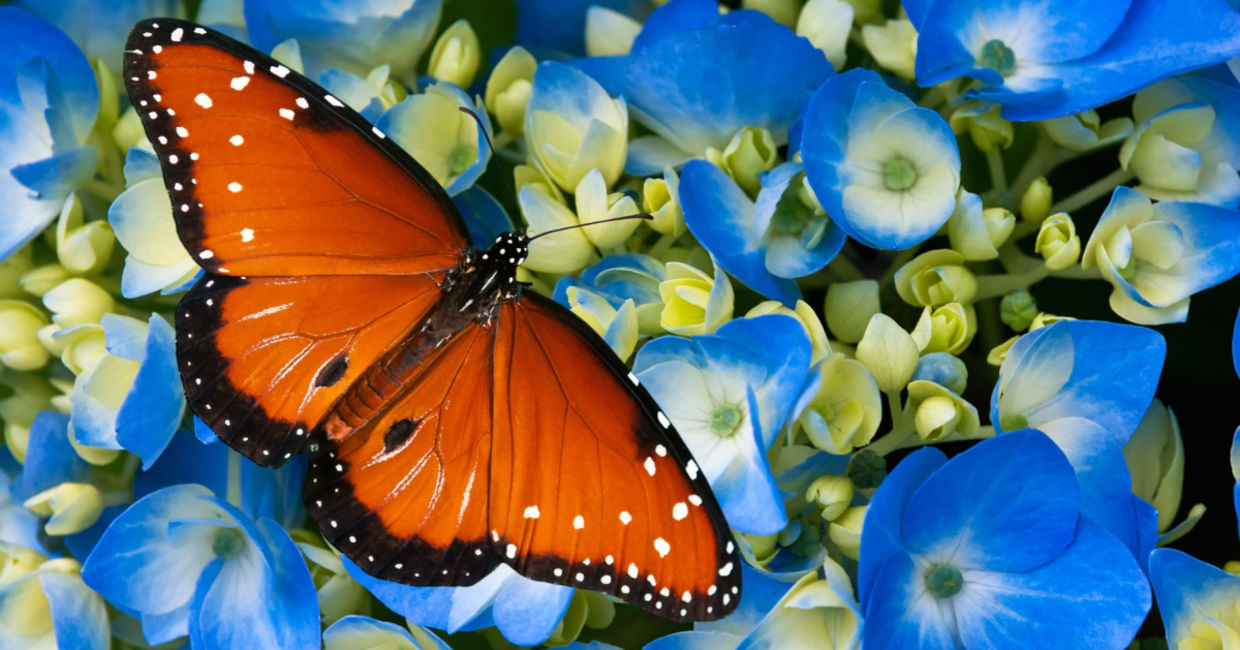
(Leena Robinson / Shutterstock.com)
Butterflies evoke a sense of wonder and beauty. They are also a major pollinator and a foundation of a healthy ecological system. An environment with butterflies is an environment that is thriving.
The opposite is also true, butterflies cannot survive in a degraded environment..Sightings of the Behren’s silverspot butterfly, once a staple pollinator of the north California coastline landscape,have been rare over the last 15 years, according to The Cooldown. Fortunately, a handful of organizations are coming together to change that.
Few sightings
The elusive Behren’s silverspot butterfly, was sighted less than 100 times over the last 15 years but.the orange butterfly has been under threat for much longer than that. It was officially listed as a federally endangered species in 1997.
There are many reasons for the decrease in population. The fragile butterfly faces threats from climate change to development, SFGATE reports, The combination of these changes in the butterfly’s habitat has led to the decimation of the early blue violet population, which is pretty much the only thing the picky insect will eat.
“It’s this tiny little flower and it’s the only leaf that this caterpillar eats,” Anna Bride, the Land Trust’s stewardship project manager, told SFGate.
Farming and development along the northern California coast led to the decline of native grasses and nectar plants and this caused the proliferation of monocrops such as European beach grass and rattlesnake grass. This is not a butterfly-friendly environment.
A joint conservation effort
In 2023 the Mendocino Land Trust received a large grant from the Wildlife Conservation Board to be used to help save the Behren’s silverspot butterfly. According to the Land Trust’s website, the organization is working together with State Parks, the Bureau of Land Management, the Laguna Foundation, the Sequoia Park Zoo and Wynn Coastal Planning and Biology to enact a four-year plan to revive fifty three acres of habitat, and with it the butterfly population as well.
“The new grant funding will go toward planting at least 30,000 of these bright purple flowers and restoring the butterfly population over the next four years,” Bride told SFGATE.
Last year, 180 specimens were unleashed into the wild. Project partners aim to release up to 600 of them by 2026, Christine Damiani, a Marine Land Trust project partner and entomologist at Eureka’s Sequoia Park Zoo, told SFGATE.
In the meantime, researchers at the Sequoia Park Zoo have been raising Behren’s silverspot caterpillars in a lab where they have a better chance of surviving than they do in the wild, reports SFGate.Currently there are 1,412 caterpillars growing and waiting to be released as butterflies in the spring.
This new initiative could help stave off the invasion of non-native plants and return parts of the coastline to as it once was: lush in flowers and pollinators, including the elusive and beautiful Behren’s silverspot butterfly.
YOU MIGHT ALSO LIKE:
How to Plant a Butterfly Garden
The Large Blue Butterfly is Back
New Butterfly Species Named After Famous Fantasy Character







